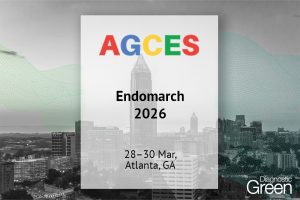Introduction: Chyle leak is a serious complication following oesophagectomy with incidence varies from 1% to 9%. Near infra-red fluorescence imaging of thoracic duct (TD) can provide real-time dynamic imaging during the surgery. In this study, we intend to compare indocyanine green (ICG) dye instillation through inguinal node with subcutaneous first web space instillation for visualisation of TD during robotic-assisted minimally invasive oesophagectomy (RAMIE) procedure.
Patients and methods: A prospective study of 50 patients underwent RAMIE with da Vinci X System. After general anaesthesia, patients were divided into inguinal node and foot first web space ICG instillation group. The former group had 1 ml of ICG dye instilled on bilateral inguinal nodes under ultrasound guidance and while the other group received 1 mL of ICG dye injected at bilateral foot first web space and then underwent surgery. TD was visualised using ICG FireFly™ fluorescence technology, first at the time of docking and subsequently for every 5 min until 60 min of instillation time and analysed.
Results: Twenty-five patients were enrolled in each group. The mean docking time for thoracic phase was 13.76 ± 3.43 min. TD was visualised in 72% (18/25) of cases of first web space instillation group, whereas 100% in ultrasound guidance inguinal node instillation group. None of the patients had a chyle leak.
Conclusion: ICG FireFly™ fluorescence technology for the identification of TD during oesophageal mobilisation is safe and effective and provides real-time dynamic visualisation with high accuracy in ultrasound-guided bilateral inguinal node instillation group. It is an effective method for the surgeons planning to negotiate their initial learning curve in RAMIE procedures.
https://journals.lww.com/jmas/fulltext/9900/a_comparative_study_of_indocyanine_green.39.aspx




